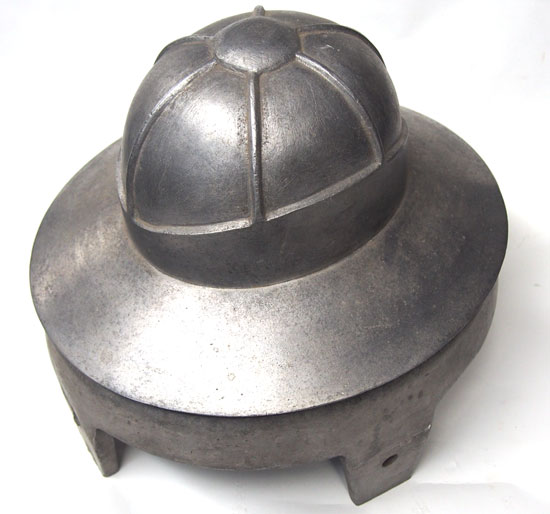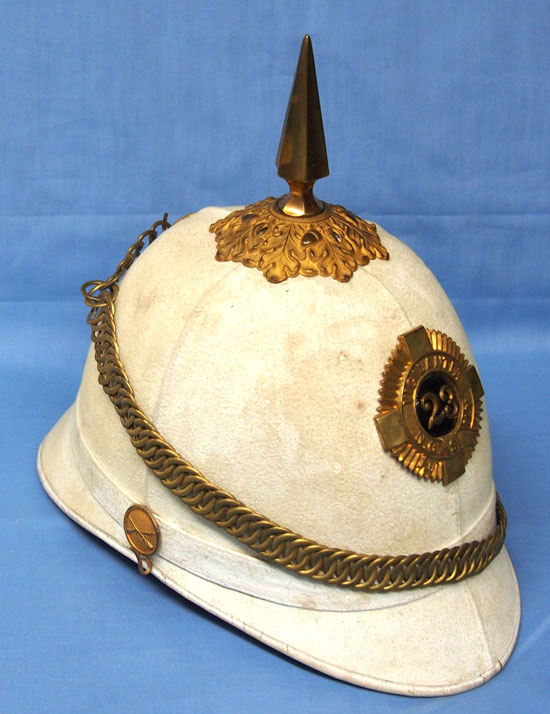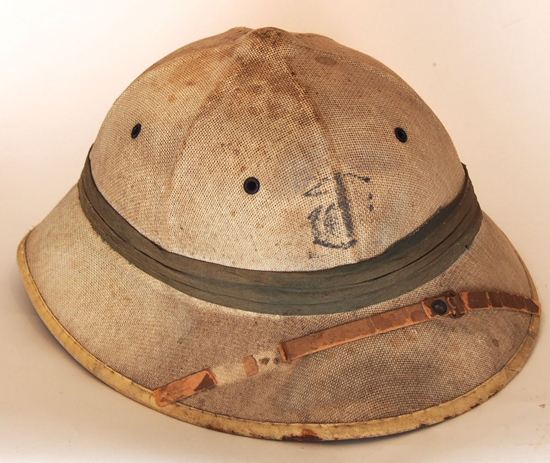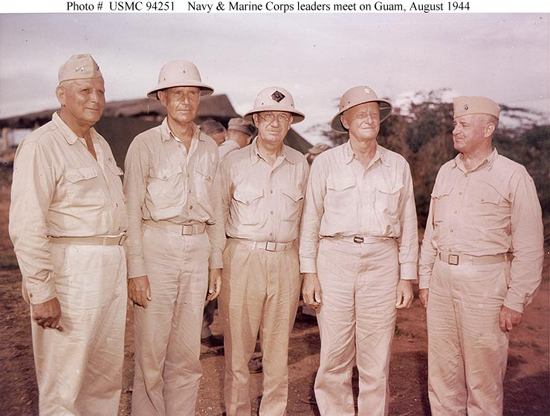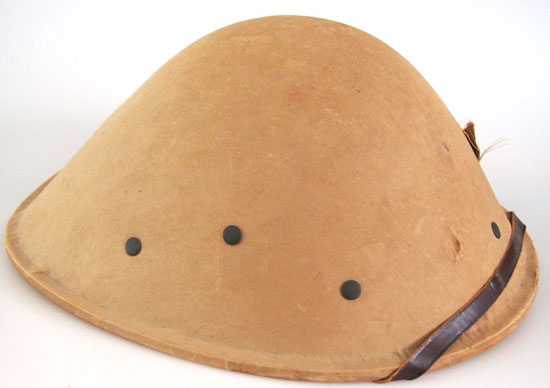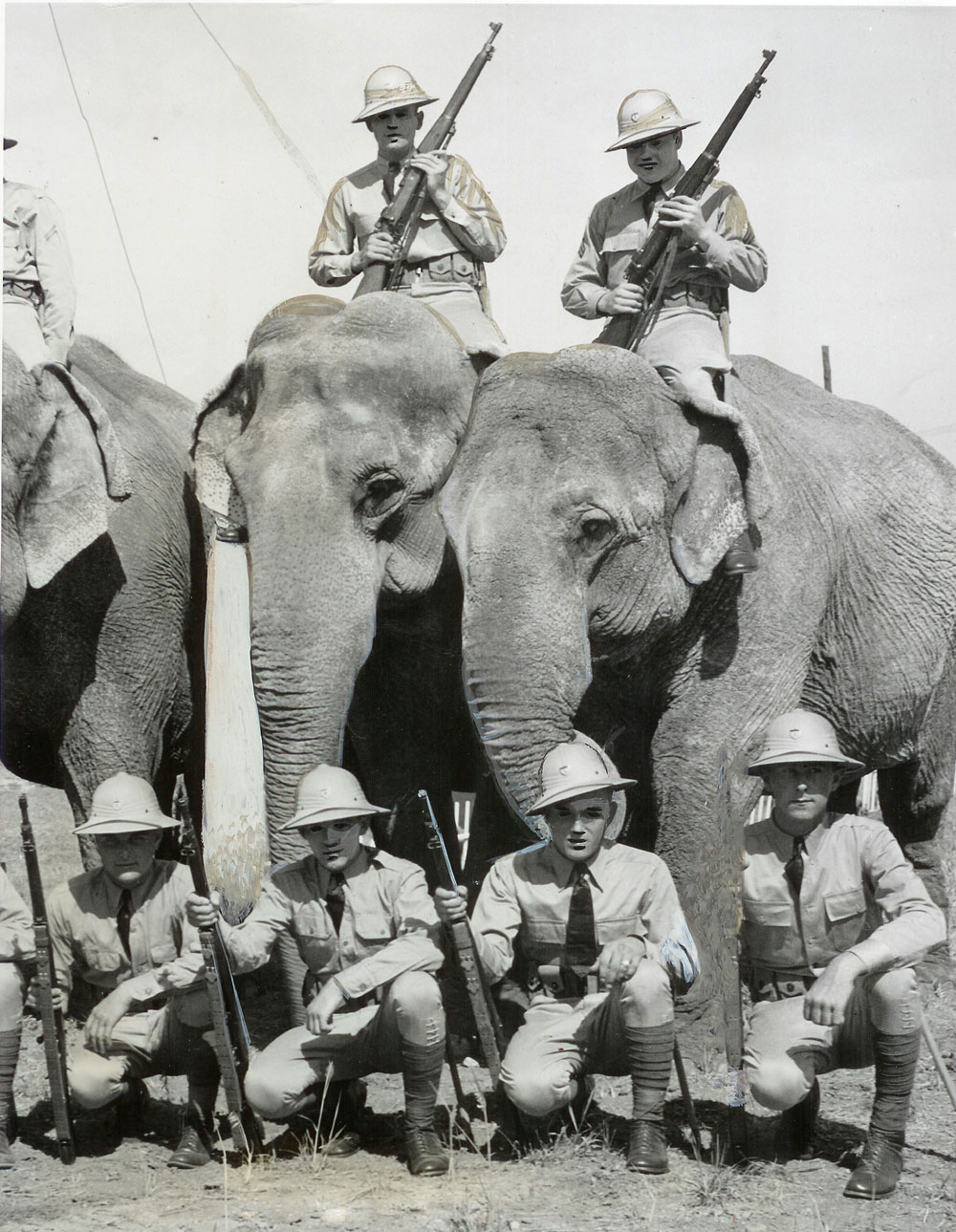
It has been long established that the American pressed fiber sun helmet was used as both a civilian and military helmet, but one key detail that has largely been uncertain for sure is what year the helmet was even considered for use by the military.
While it now appears that this helmet pattern may have likely been based on the British “Standard Pattern” that was used by the USMC in Haiti in the 1920s and early 1930s, a long forgotten ACME publicity photo has surfaced that includes a date: 7-8-37. Continue reading

